As much as Amazon’s “Everything Store” approach might seem disruptive, particularly as the retailer branches out into supermarkets and physical stores, it’s not that different from what Sears did nearly a century ago as its wildly successful mail-order business transformed into a bricks-and-mortar mega-chain. The question is: Can Amazon keep from making the same mistakes that led to Sears’ fall from grace? [More]
consumer history class

9 Things We Learned About The Video Game Origins Of Chuck E. Cheese’s
Did you know that the restaurant and entertainment chain Chuck E. Cheese’s was originally part of the video game company Atari? While today we know the chain for kids’ parties and occasional adult drunken brawls, the chain had its origins in the carnival summer jobs of Atari co-founder Nolan Bushnell. It helped to make video games mainstream, and fueled the animatronic nightmares of multiple generations of children. [More]
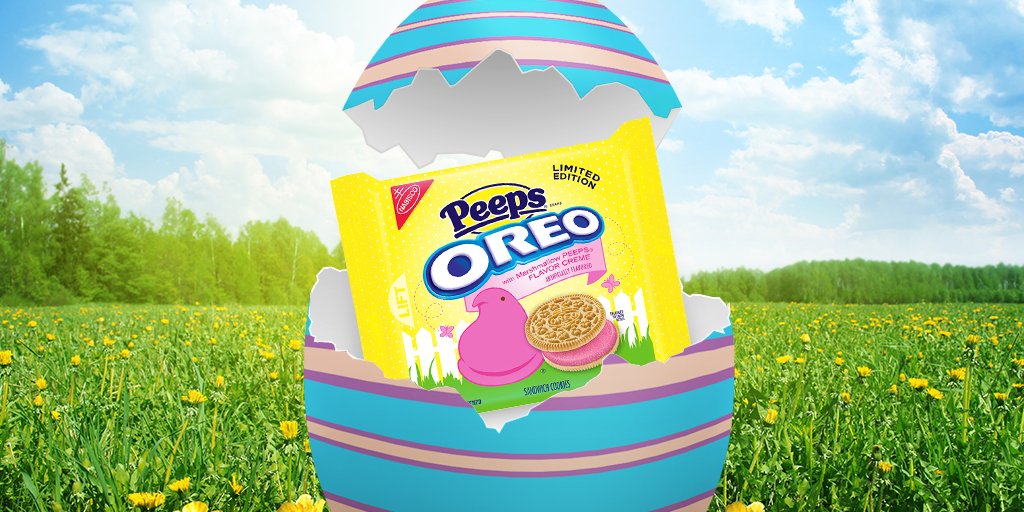
Peeps Oreos & 7 Other Things That Turn Your Poop Strange Colors
The pink dye in the new Peeps-flavored Oreos has some cookie and marshmallow fans experiencing strange side effects, including pink tongue, saliva, and most notoriously, magenta-hued poop. Don’t fret, Peeps-eaters! This is just the latest in a long line of products that can color your number-twos. [More]

We Have Sugar To Thank For The American Tobacco Industry
If you’ve ever tried to give up eating sugar, you know that the sweet stuff has a strong hold on our brains. What you may not realize, though, is that sugar’s addictive and delicious power also is part of another common addiction that we’ve perfected and exported: tobacco. [More]
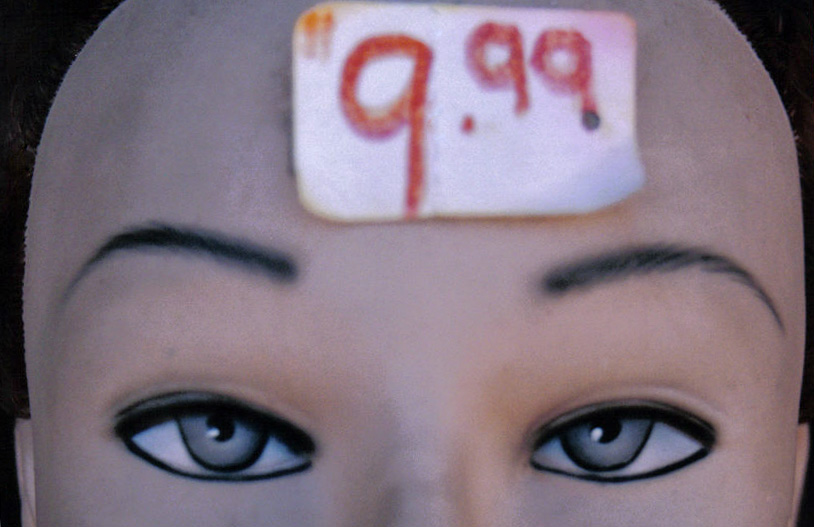
Price Tags Might Be A Strange 150-Year Anomaly In The History Of Commerce
In the past, most recently in 2013, Coca-Cola has experimented with the idea of vending machines that adjust prices according to the temperature. The idea really bothers some people, but fixed prices that are always the same for everyone haven’t historically been the norm. We may be coming to the end of a weird century-and-a-half experiment with the practice. [More]

The Grocery Shrink Ray: Quietly Stealing Our Food For Decades
The Grocery Shrink Ray is what we call it when the manufacturers of food and consumer goods make their products smaller––sometimes almost imperceptibly smaller––rather than raise prices. You know what it looks like: it’s why your toilet paper doesn’t quite fill the holder anymore, and why you don’t get as many servings of hot chocolate as you used to. We know that it’s been in action for decades, but is there proof? Yes: one need only turn to collectors of consumer ephemera like boxes and cans. [More]
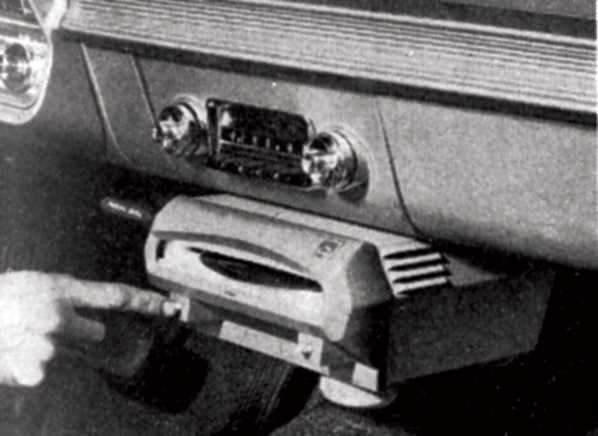
Record Players For Cars Seemed Like A Good Idea In 1956
The history of consumer goods is littered with brilliant ideas that weren’t quite ready for public consumption yet. In the ’50s, if you wanted to listen to some music in your vehicle, your choices were listening to the radio or forcing your family members to sing. Until the invention of the Highway Hi-Fi in-car record player changed all that. Or could have, if it had caught on with the public. [More]
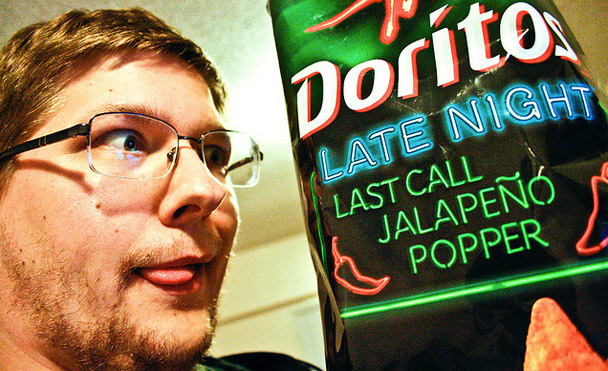
Doritos Means “Little Golden Things,” And They Were Invented At Disneyland
People might have freaked out when a Starbucks opened within the Main Street Bakery at Walt Disney World, but how soon we forget. Cross-branding is nothing new. When Disneyland opened, it featured a Mexican(ish) restaurant called Casa de Fritos run by the Frito company. It was on New Orleans Street, near another product-placement eatery: Aunt Jemima’s Pancake House. It at the Casa de Fritos that the beloved Dorito was invented. Yes, really. [More]
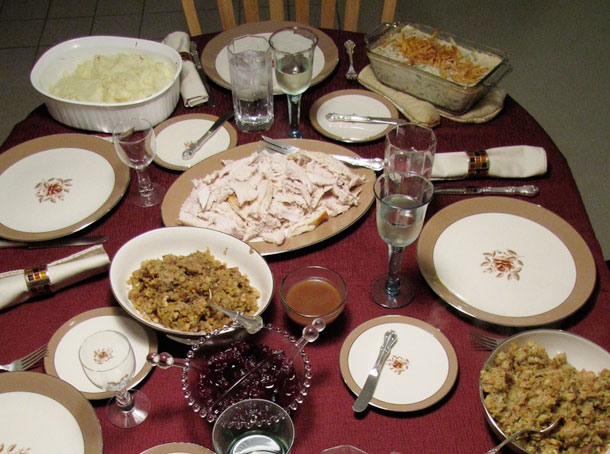
Let’s Prepare Thanksgiving Dinner From 1929
Sure, putting on a Thanksgiving dinner isn’t cheap or easy today, but what about mere weeks after the Stock Market Crash of 1929? A few years ago, I found a sample holiday menu plan in a newspaper article from 74 years ago, and wondered: what would this feast for four people for $7.89 cost today? [More]

The Nigerian Prince E-Mail Scam Is Actually 200 Years Old
E-mail is an invention of the last few decades, but scamming people? That’s an ancient calling. What you may not know when you toss those advance fee scam e-mails into your spam folder is that the senders are taking part in an old, old scam that dates back to the early 19th century. [More]
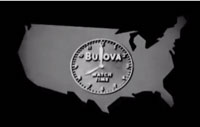
First-Ever TV Commercial Was 10 Seconds Long, Hawked Bulova Watches
One Tuesday in July, the Dodgers were playing the Phillies and the game was televised. There’s nothing unusual about that, except that it was July 1, 1941, the Dodgers were still in Brooklyn, and only about 4,000 people in New York City even owned televisions. American life and attention spans changed forever during that broadcast, because Bulova paid TV station WNBT $9 to run the very first television ad. [More]


